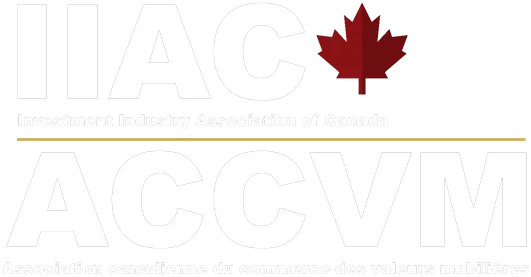On August 1, 2024, the IIAC submitted its 2025 pre-budget recommendations to the House of Commons Standing Committee on Finance. The IIAC called on the federal government to:
- Implement a program similar to the UK Enterprise Investment Scheme (EIS) to encourage investment in early-stage, unlisted businesses with high growth potential. This program provides personal income tax relief to individuals investing in shares of EIS qualifying companies, capital gains tax disposal relief if the eligible shares are held more than three years, and a capital gains tax exemption on the sale of an asset if the proceeds are reinvested in EIS-eligible shares. The program would be a catalyst for innovation and job creation.
- Make improvements to tax-assisted retirement savings: Raise the age at which contributions to tax-deferred retirement saving vehicles must end and which RRIF withdrawals must start; and reduce the RRIF annual withdrawal rates mandated for each age with the goal of abolishing mandatory withdrawals entirely. Canadians should have the freedom and flexibility to manage their savings according to their individual circumstances and in the most tax-efficient manner.
- Re-balance Canada’s tax system so it relies less on economically damaging income and profit taxes that penalize work and investment, and more on consumption taxes that do not. The Budget 2024 tax hike on capital gains should be reversed, and the tax on share buybacks revoked.
- Undertake an independent and comprehensive examination of the federal tax system to ensure it adheres to long-standing principles of good tax policy. Successive governments have tinkered with the system, resulting in a complex maze of rules and regulations making compliance and administration burdensome and costly. Many other countries have undertaken comprehensive reviews of their tax system, it’s time for Canada to do the same.
- Launch a comprehensive review of federal spending, including a thorough review of tax expenditures. A program review exercise is central to achieving savings to balance the books and to make room to address the challenges posed by an aging population.
- Chart a credible path to budget balance, with a medium-term goal of reducing the federal debt-to-GDP ratio below its pre-pandemic level. Revenues directed towards interest payments ($47.2 billion in fiscal 2023-24) are a lost opportunity — money that could otherwise be used to deliver public services Canadians value and to reduce taxes. Government debt also has a significant effect on private capital investment. When the government taps debt markets to meet its borrowing requirements, it competes with private businesses for the pool of available savings. This pushes up interest rates and crowds out investment by the private sector, challenging our ability to raise productivity.
Read the IIAC’s full submission online.
